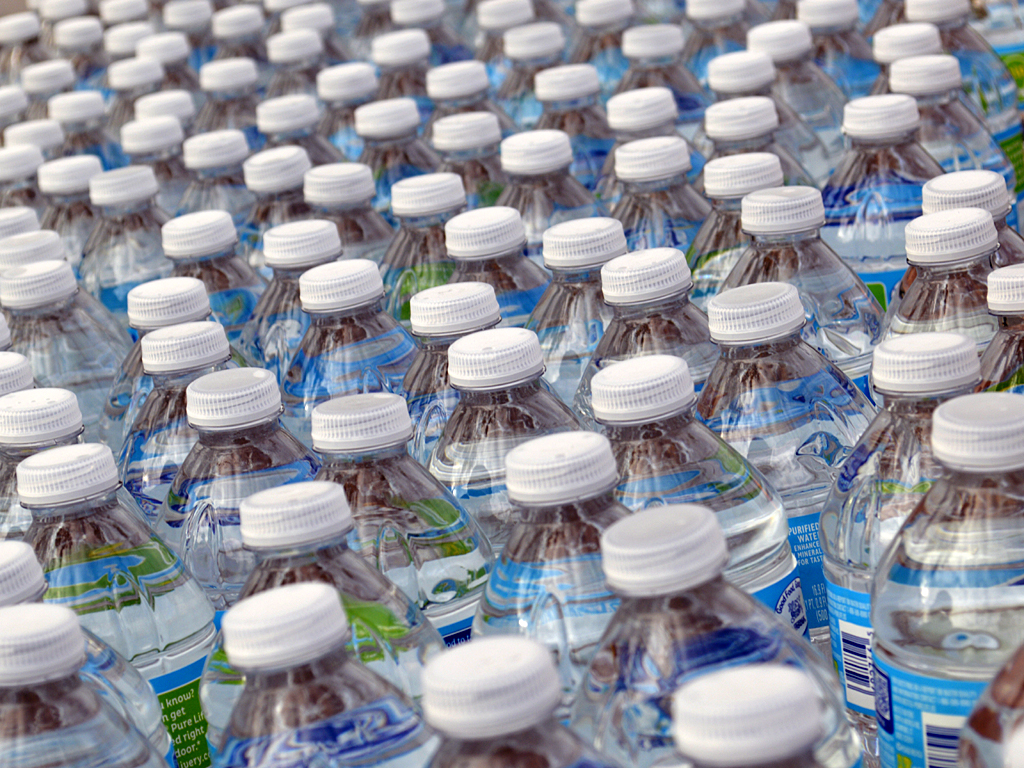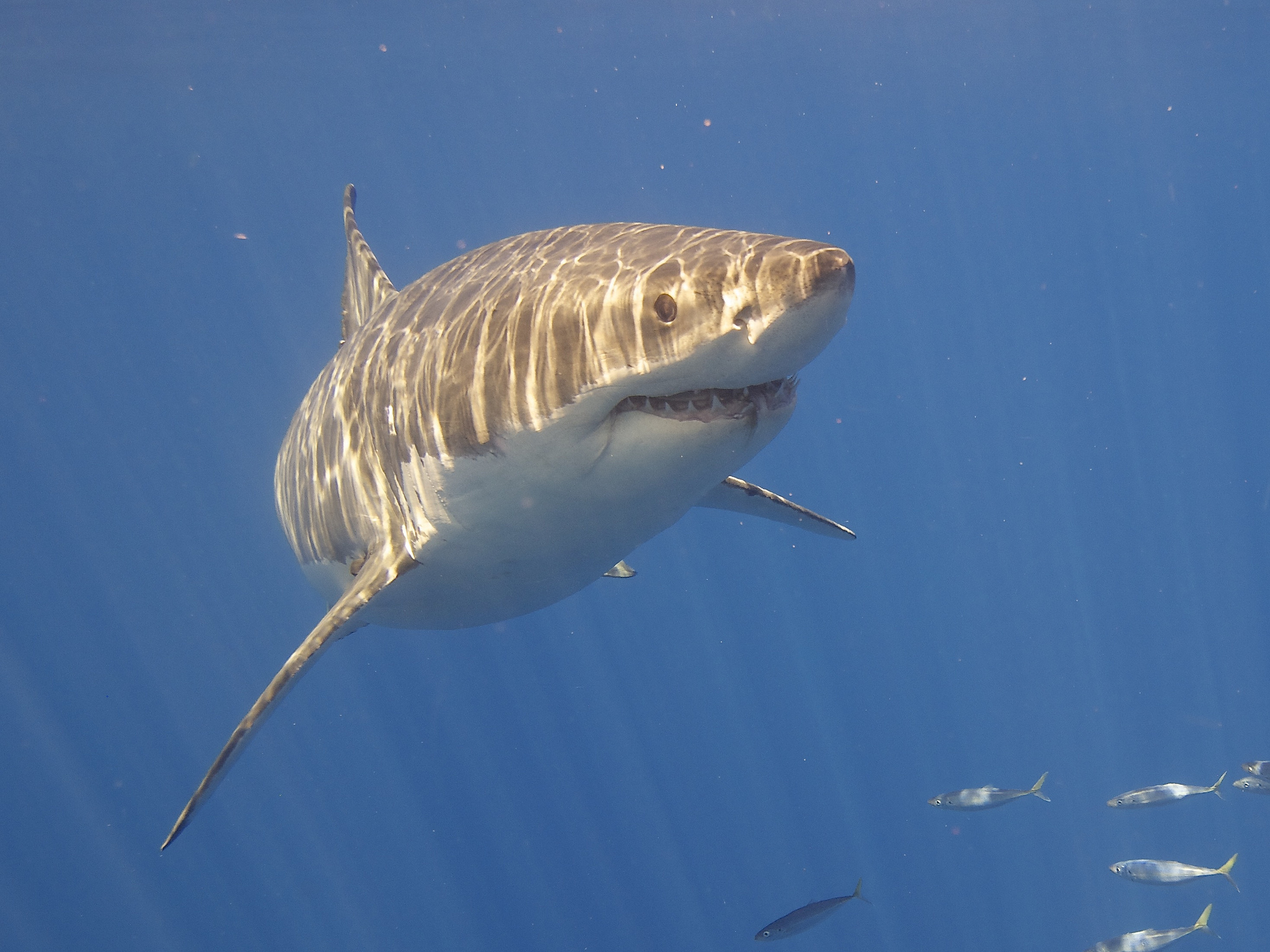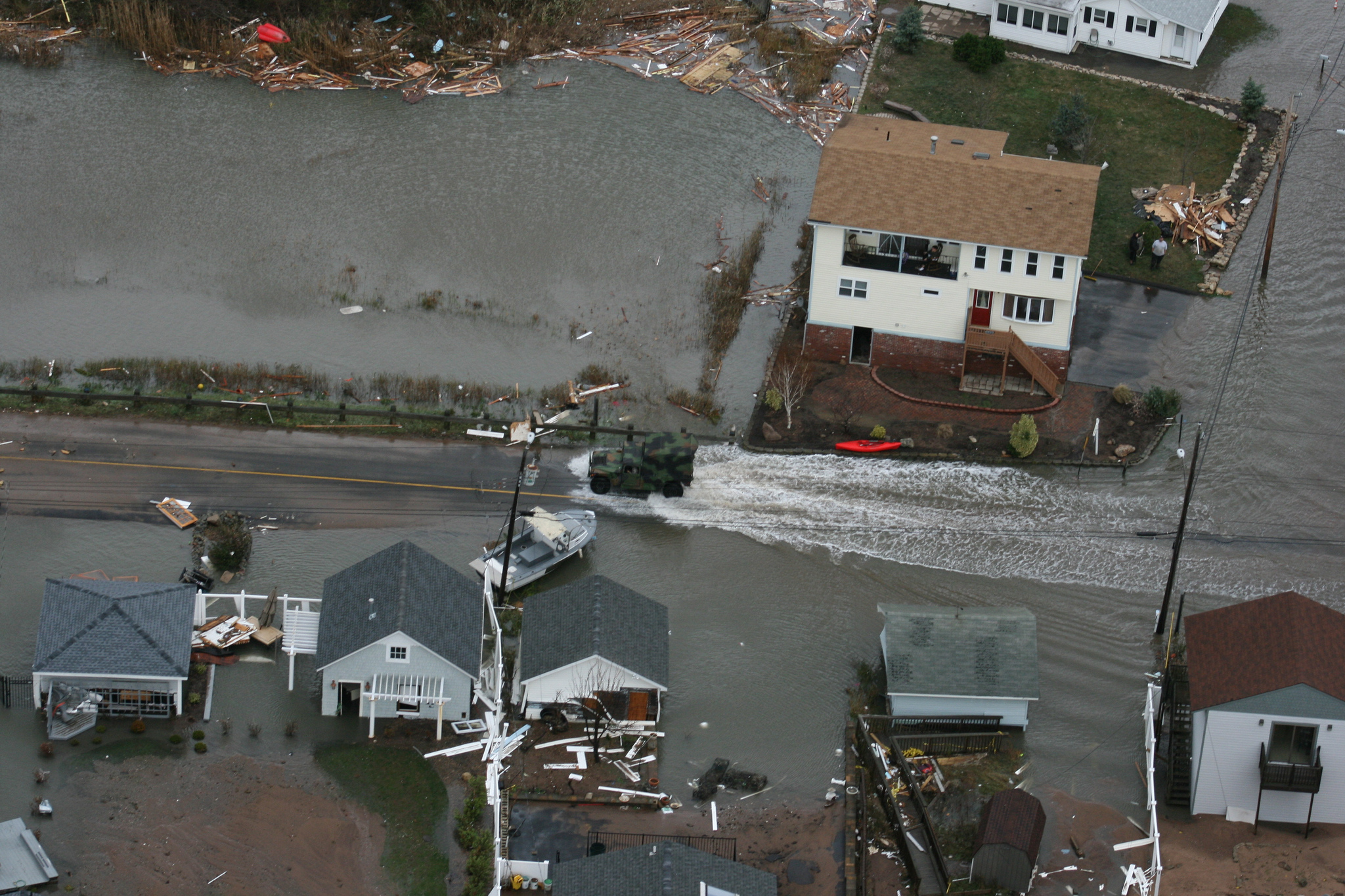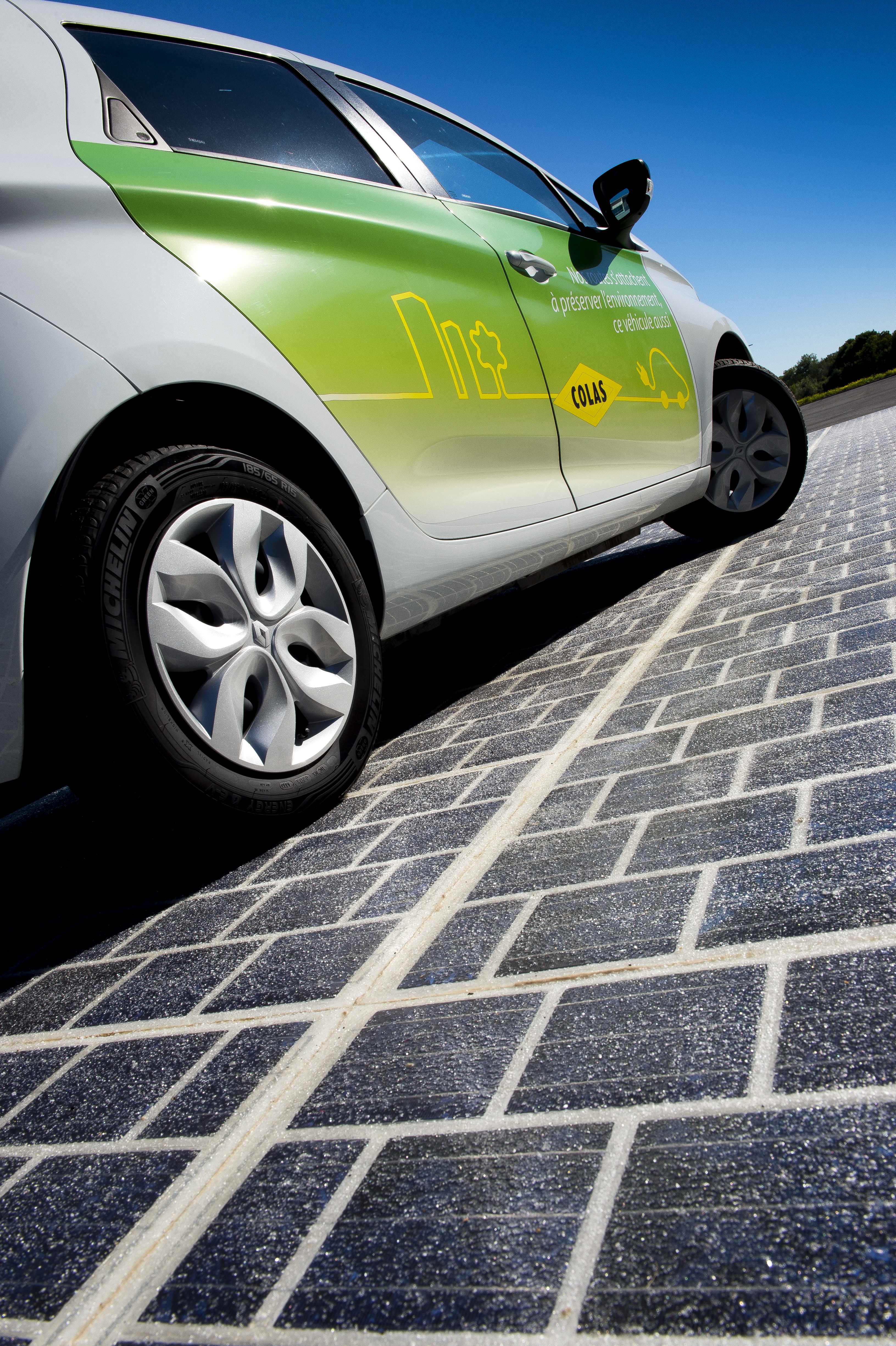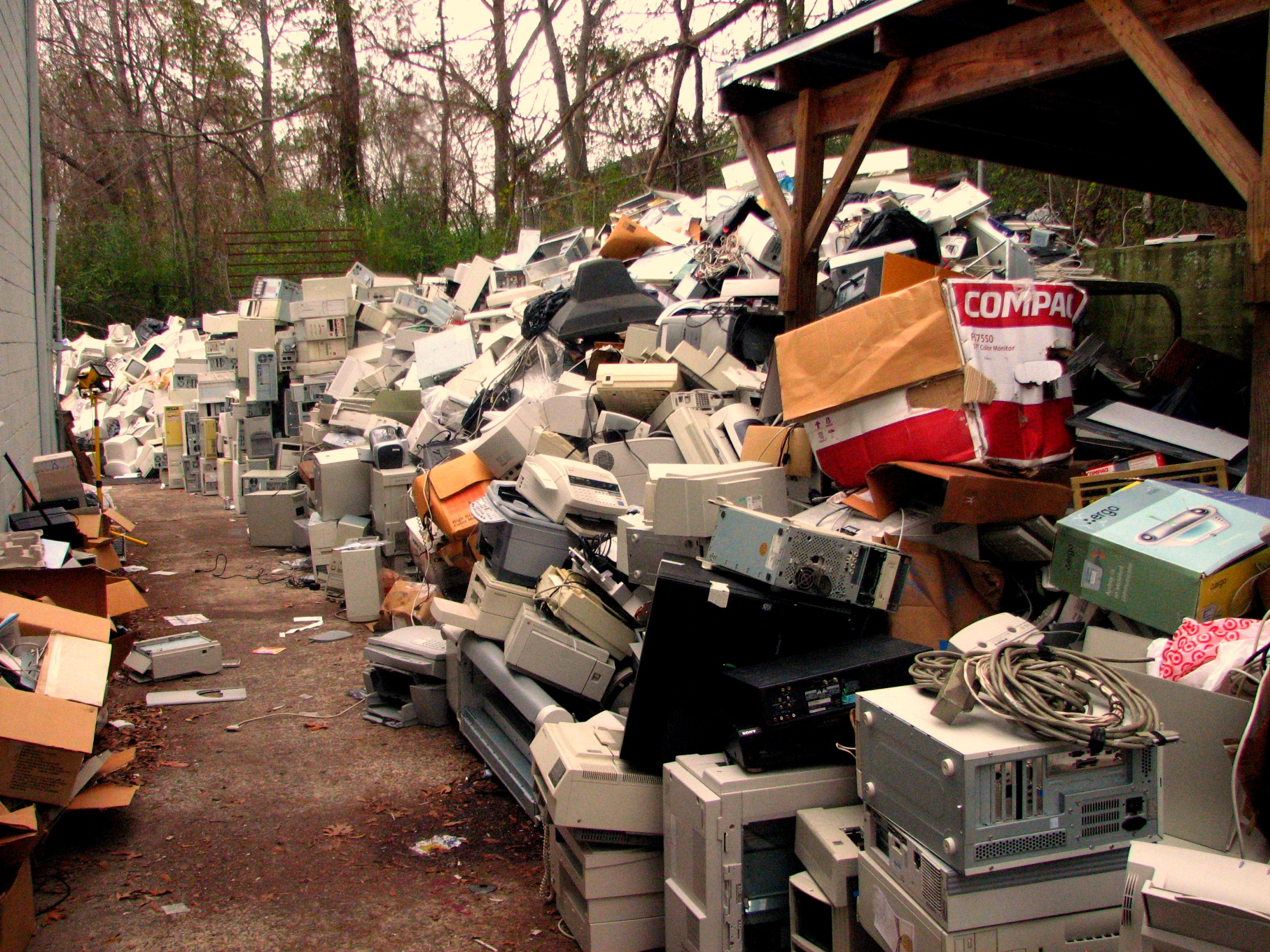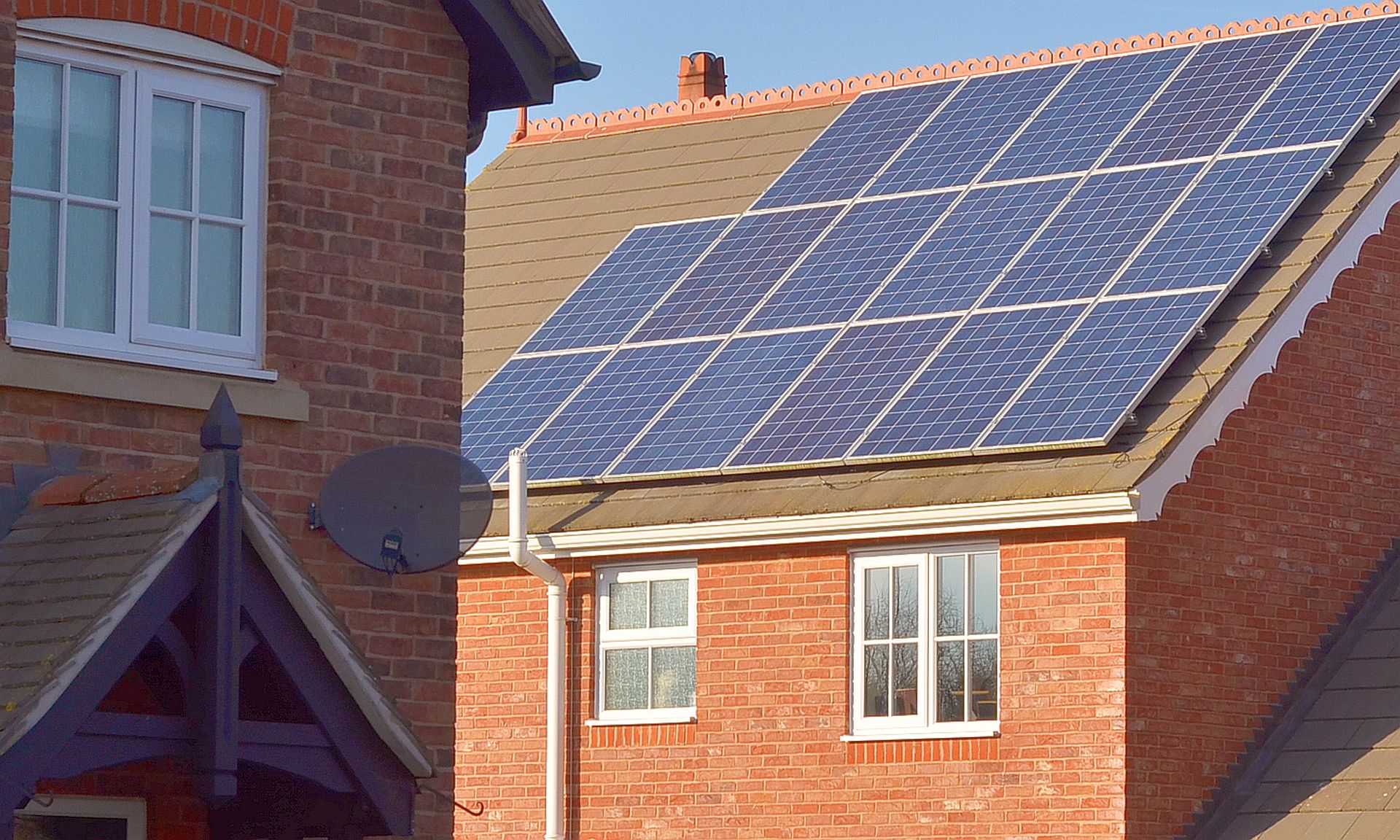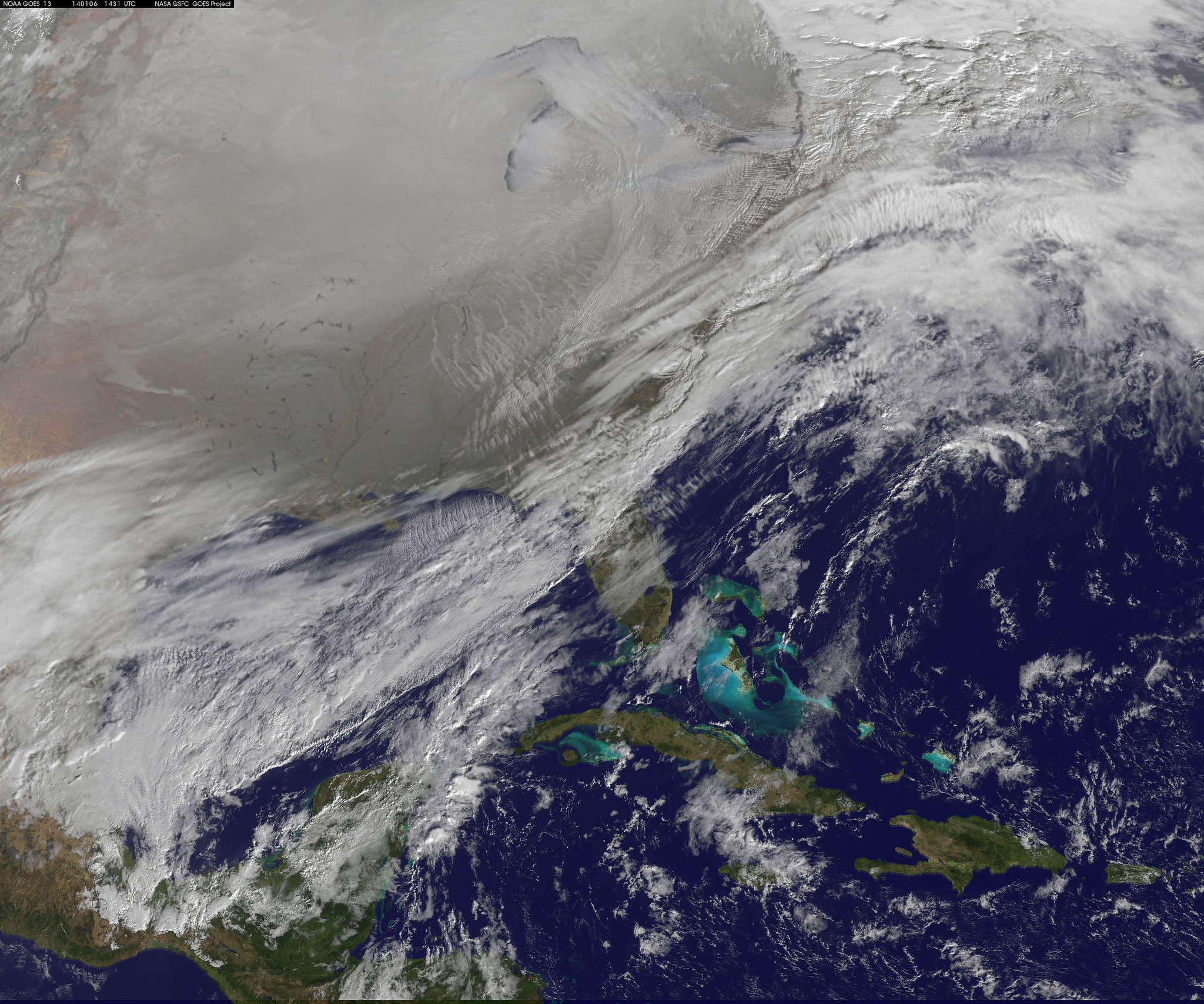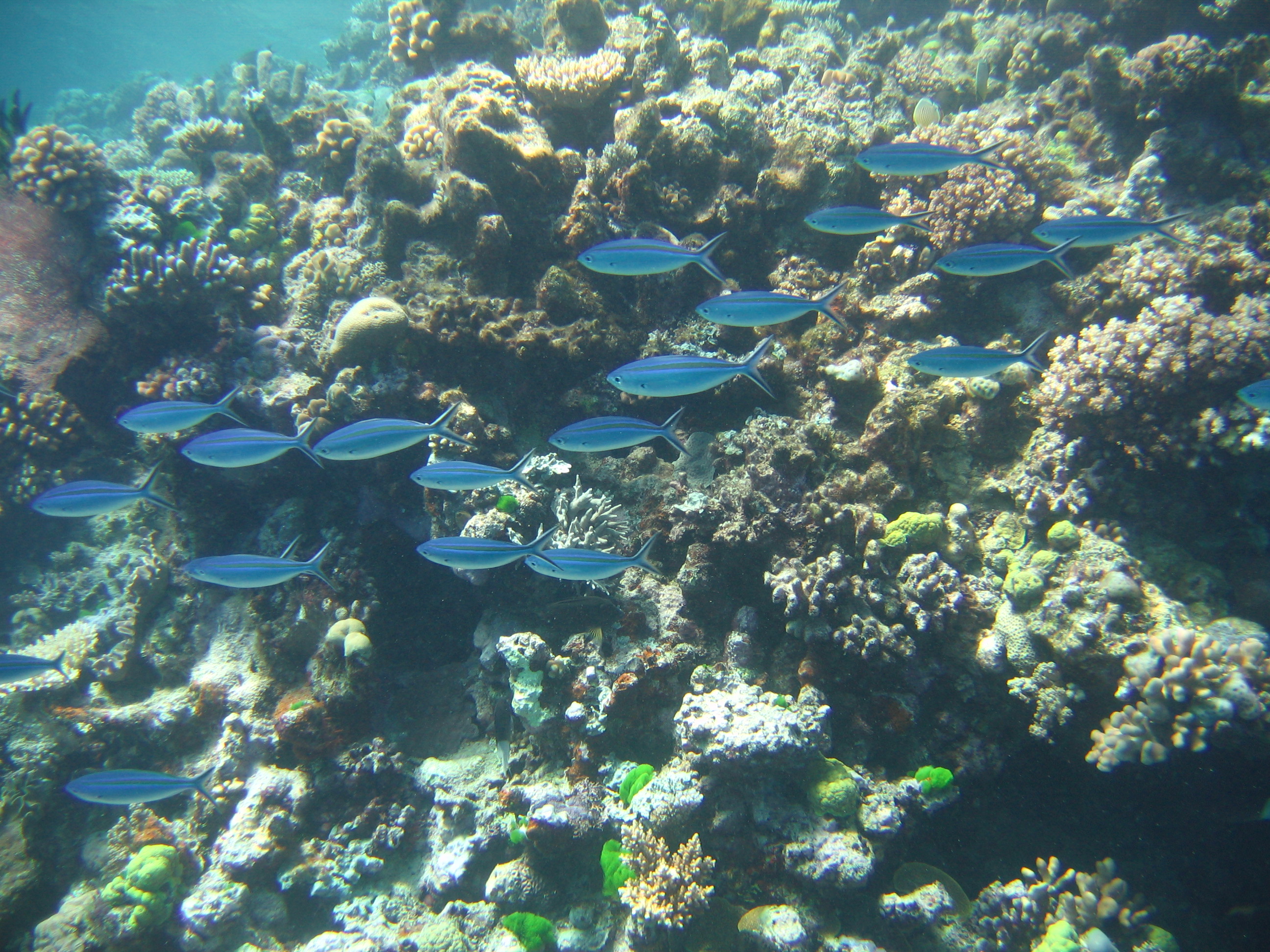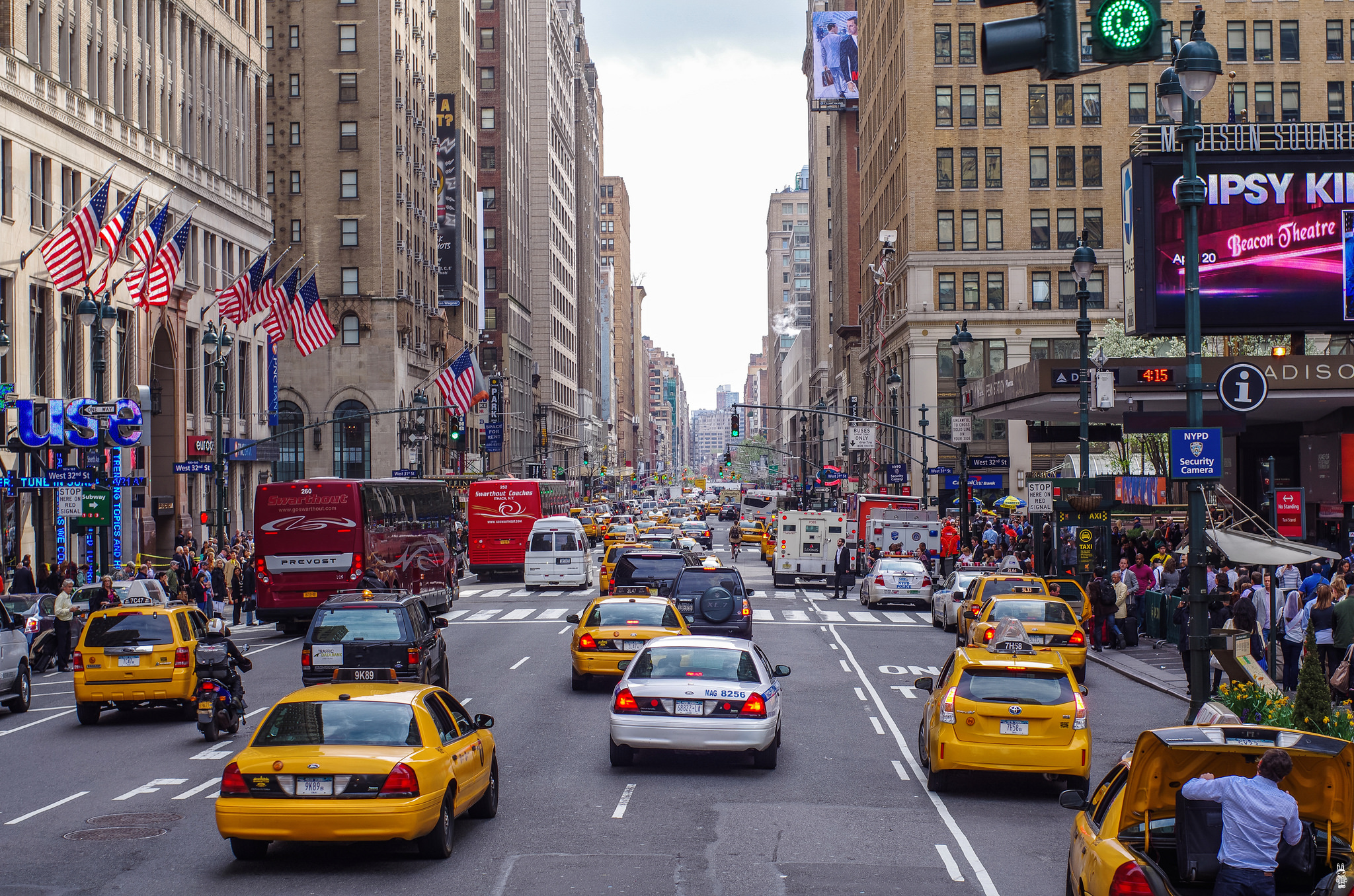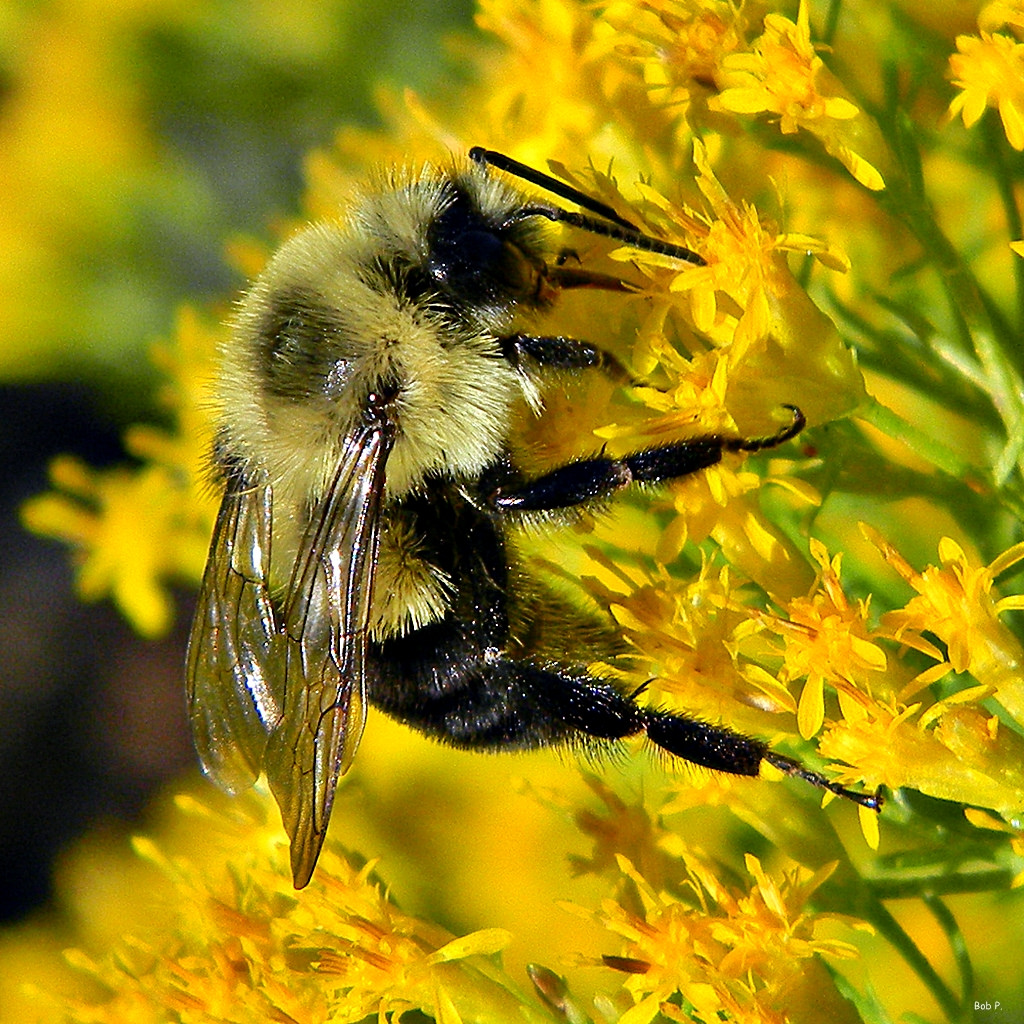United States
Energy Intensity
Every stage of civilization is characterized by its use of energy. From burning wood to steam engines to our electrified society, energy is behind everything we do. Over time, human society has become increasingly energy intensive. As our standards of living have improved and as we overcome the effects of weather – either cold or warm – it takes more and more energy to live the lives we lead.
Sharks In Hot Water
The majestic great white shark has been around for a very long time. Its evolutionary origin dates back 14 to 16 million years. And while great whites still enjoy decent populations off the coasts of Canada, Australia, and the United States, the same can’t be said for South Africa’s great whites.
Half A Degree
The average global temperature is one degree Celsius above pre-industrial levels. There has long been a goal to limit global warming to no more than 2 degrees above those levels. But the Paris climate conference has set a more ambitious goal of limiting global warming to 1.5 degrees. What difference would that half a degree make?
The First U.S. Solar Roadway
The first solar roadway in the US will be installed this year at the Historic Route 66 welcome center in Conway, Missouri. The installation will use hexagonal solar panels developed by Idaho-based start-up company Solar Roadways. The initial trial installation will use the panels to cover a sidewalk in the Route 66 center rest area and will only cover a few hundred square feet. The modular building blocks are hexagonal panels of a little less than 5 square feet in area that each generate 48 watts of electrical power.
Solar Power And Social Justice
The U.S. recently celebrated the milestone of having one million solar installations nationwide. It took 40 years to get there, but experts believe the next million could take only a couple of years. The solar revolution is clearly well underway.
Light Pollution
The luminous glow of the Milky Way, the galaxy that contains our Solar System, has inspired everything from stories and songs to paintings and poems for centuries. But now one third of the people on the planet – including 80% of Americans and 60% of Europeans – cannot see the Milky Way at night because of light pollution. Nighttime light pollution now covers nearly 80% of the globe.
Hidden Costs of E-Waste
Recycling is often a great thing. But, when you hear about the conditions under which electronic waste is disassembled by impoverished peoples of developing nations, it gives one pause. [Read more…] about Hidden Costs of E-Waste
The Debate Over GMOs
GMO crops have been the source of a great deal of controversy over the years. A major concern has been whether they potentially cause health issues for consumers, which is an understandable worry.
One Million Roofs
Sometime early in May, the United States installed its one millionth solar energy system. Achieving this milestone took the solar industry about 40 years to accomplish. Because of the phenomenal growth of solar power in this country, industry experts predict that it will only take two more years to reach the second million and there are predictions that by the year 2025, there will be one million new installations in the U.S. each year.
Tiny Forest Pests Cause Big Problems
Each year, more than 25 million shipping containers enter the U.S. All too often, highly destructive forest pests are lurking among their imported goods. Wood boring insects arrive as stowaways in wood packaging, such as pallets and crates. Other forest pests and pathogens hitchhike in on foreign-reared plants bound for American nurseries.
Electric Car Boom
The introduction of the Tesla 3 and the 400,000 advanced orders for the vehicle have put the spotlight on electric cars recently. But despite all the buzz, electric cars are sill only a tiny piece of the US car market: about 0.66 percent last year.
Electric Buses And Trucks
We hear a great deal about electric cars these days. Will people buy them? Are they worth it? And, of course, there is the tremendous buzz surrounding Tesla’s forthcoming moderately-priced car. But there is also lots of activity in electrifying larger vehicles, including garbage trucks, city buses, and medium-sized trucks used by freight companies like FedEx.
Climate Change Redistributes Global Water Resources
Worldwide, climate change isn’t just raising temperatures, its also altering the distribution of water. So reports an inventive new study that tapped into archival water samples to reveal how sources of precipitation have changed over time.
[Read more…] about Climate Change Redistributes Global Water Resources
Coal And Water
We recently highlighted how safe drinking water is in short supply. According to research published in the journal Science Advances, at least two thirds of the global population – more than four billion people – live with severe water scarcity for at least one month every year. And 500 million people around the world face water scarcity all year.
Cyanide Fishing
Most people listening to this have seen a saltwater aquarium before, and many of those likely owned one at some point. Maybe you still do. The bright coral and even brighter fish can be found in offices, restaurants, hotels, and homes all over the world.
